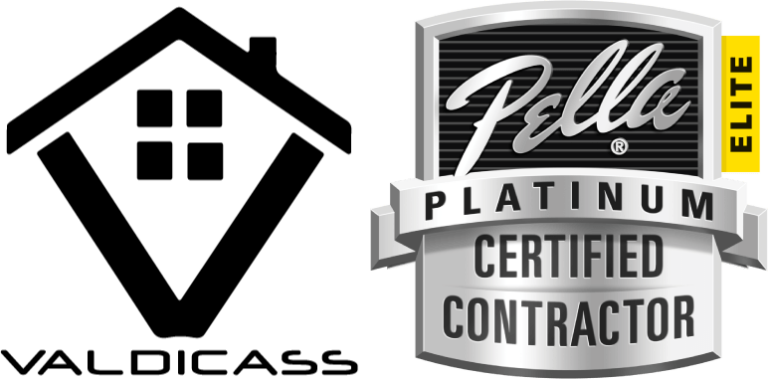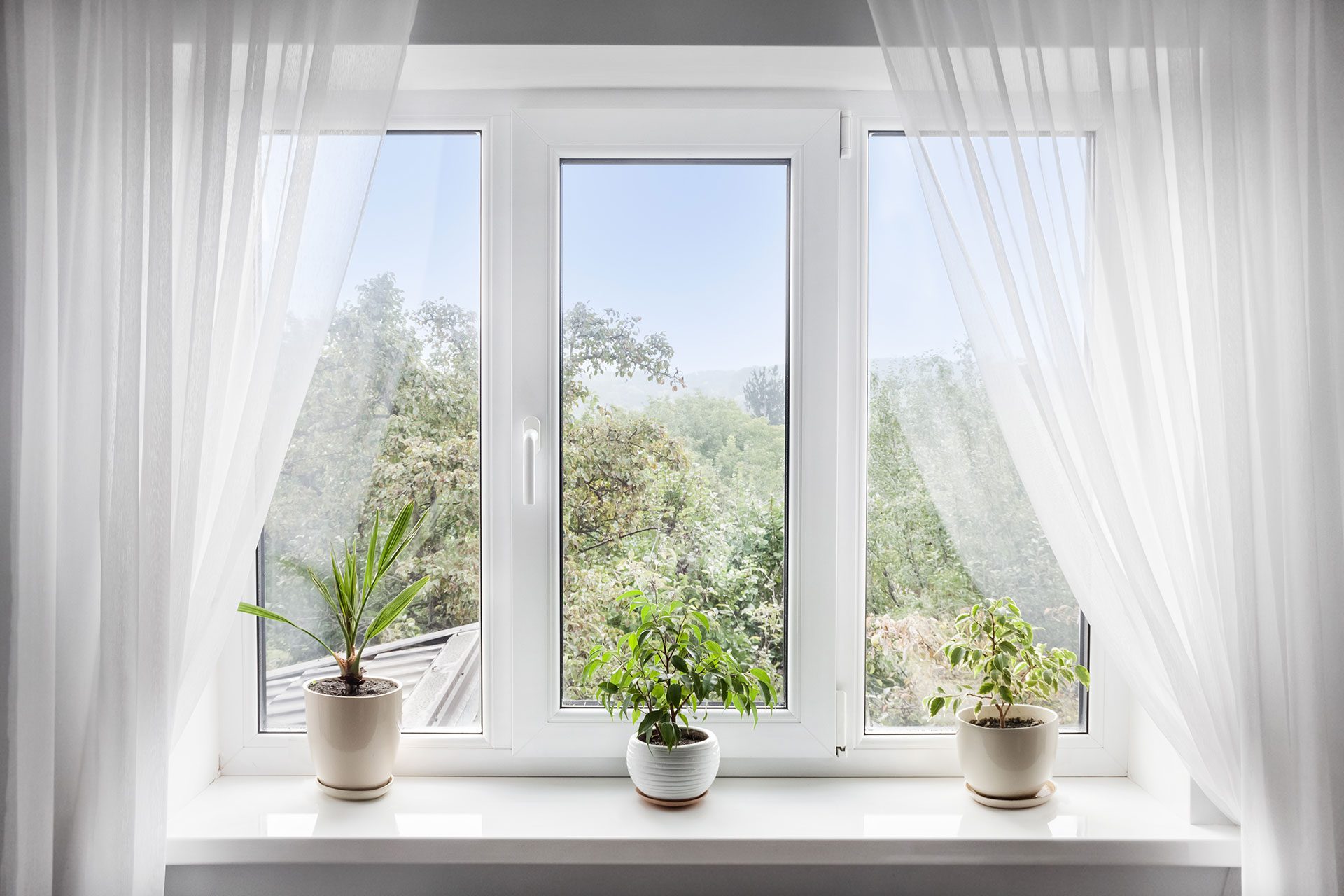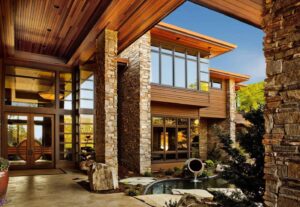Get Ready for Your Replacement Window Project
Planning a window replacement project for your home? It’s essential to understand the different types of windows available and how to choose the right ones. Whether you’re upgrading old windows or remodeling a new space, the right replacement windows can enhance energy efficiency, improve curb appeal, and increase comfort.
New Construction vs. Replacement Windows
There are two primary types of residential windows: new construction and replacement.
New construction windows come with a nailing fin, which allows them to be secured directly to the wall studs in a newly framed opening. These are typically used in brand-new builds or significant renovations.
On the other hand, replacement windows (also called inserts) are designed to fit inside the existing window frame. They don’t have a nailing fin and are installed using screws through the window assembly, making them easier and faster to install—especially when the existing frame is still in good shape.
Before purchasing any windows, ensure that you accurately measure the rough opening of your existing windows. If the frame is damaged, you may need a full-frame replacement instead.
Operable vs. Fixed Windows
Windows come in two broad categories:
- Operable windows can be opened and closed to allow ventilation.
- Fixed or picture windows are stationary and designed to offer expansive views and natural light.
The term pane refers to a single sheet of glass in the window, while the window frame includes the top jamb, side jambs, and sill.
Types of Replacement Windows
Each window style has its benefits in terms of design, ventilation, and maintenance. Here’s a quick breakdown to help you decide:
Double-Hung Windows
A timeless style, double-hung windows feature two operable sashes that move up and down. Lowering the top sash while raising the bottom one allows warm air to escape and cooler air to enter. Many models feature tilt-in sashes for easy interior cleaning, making them ideal for upper-level windows.
Single-Hung Windows
Similar in appearance to double-hung models, single-hung windows only have a movable lower sash. These are often more affordable and energy-efficient than their double-hung counterparts.
Sliding Windows
Sliding windows operate horizontally, allowing one or more panels to glide along a track. They are perfect for wide window openings and offer excellent ventilation.
Casement Windows
Casement windows are hinged on one side and swing outward using a crank. They provide maximum airflow and a clear view when open.
Awning Windows
Awning windows are top-hinged and open outward from the bottom, allowing for ventilation even during light rain. They’re commonly installed above or below other window types.
Bay and Bow Windows
Bay windows consist of three sections angled at 30 or 45 degrees, projecting outward from your home to add dimension and light.
Bow windows are similar but include four or more panels set at gentler angles (such as 12 degrees), creating a curved appearance.
Picture Windows
Picture windows are large, fixed units that don’t open. They offer unobstructed views and let in abundant natural light—perfect for living rooms or staircases.
Basement Hopper and Glass Block Windows
Hopper windows, often used in basements, are bottom-hinged and open inward from the top for airflow.
Glass block windows are constructed from individual blocks sealed with mortar. They provide both privacy and natural light and may include a vent that can tilt open.
Window Frame Materials
The material you choose affects everything from durability to maintenance and insulation. Here are the standard frame options:
- Vinyl Windows: Affordable, low-maintenance, and energy-efficient. Vinyl doesn’t require painting or staining and is resistant to rot.
- Wood Windows: A classic, natural insulator. Wood is excellent for interior use but may require more maintenance unless it is prefinished.
- Aluminum-Clad Wood: These hybrid windows combine the beauty of wood inside with a durable, rot-resistant aluminum exterior—ideal for low-maintenance homes.
Energy Efficiency and Performance
Modern windows offer enhanced performance features designed to reduce energy bills and increase comfort. Here’s what to look for:
- Double- or Triple-Pane Glass: These windows include two or three glass layers with insulating air or argon gas between them.
- Low-E Coatings: Special coatings reflect heat while allowing light to pass through, helping to regulate your indoor temperature.
- ENERGY STAR® Certified: Look for certification to ensure your windows meet strict energy-efficiency standards for your climate zone.
- Tempered Glass: A safety glass that breaks into small, less dangerous pieces—ideal for bathrooms or near doors.
- Sound Transmission Class (STC) Ratings: Higher STC ratings mean better sound insulation, which is beneficial for homes near busy streets or airports.
Also consider grilles or grids, which add character and can be placed between glass panes or on the surface.
Why Choose Pella® Impervia® Windows?
At Valdicass, we proudly install Pella Impervia® windows—crafted from Duracast®, Pella’s proprietary five-layer fiberglass composite. This material is one of the strongest available for windows and offers unbeatable performance:
- Resists warping in high heat and won’t become brittle in freezing temperatures.
- Combines sleek style with long-lasting strength.
- It is ideal for homeowners who want energy efficiency, low maintenance, and elegant design in one package.
Whether you’re focused on a crystal-clear view, hassle-free cleaning, or year-round energy savings, Pella replacement windows from Valdicass deliver the perfect solution.
Ready to Upgrade Your Windows?
Contact Valdicass today for a free consultation and expert guidance on choosing the best replacement windows for your home and serving Clarendon Hills, Forest Park, Naperville, Lisle, and surrounding Chicagoland suburbs.



